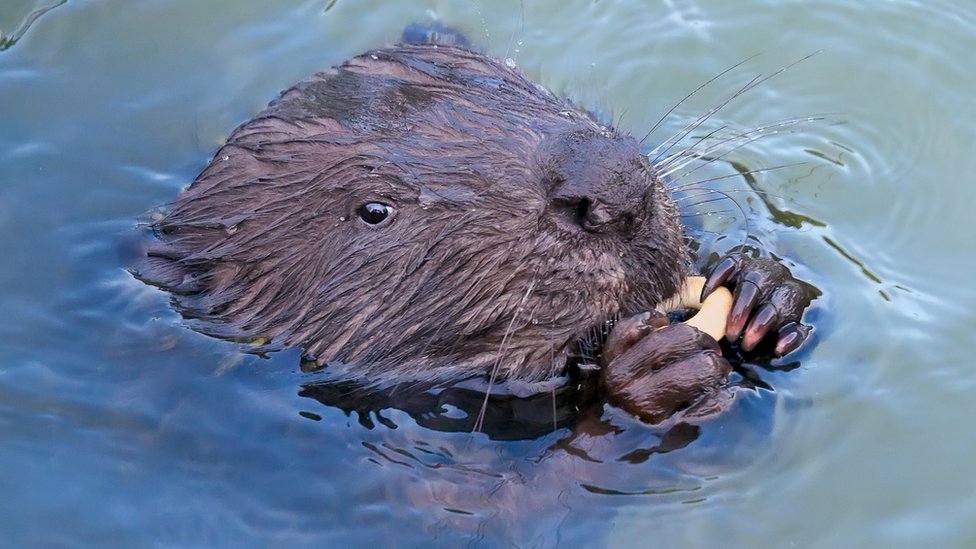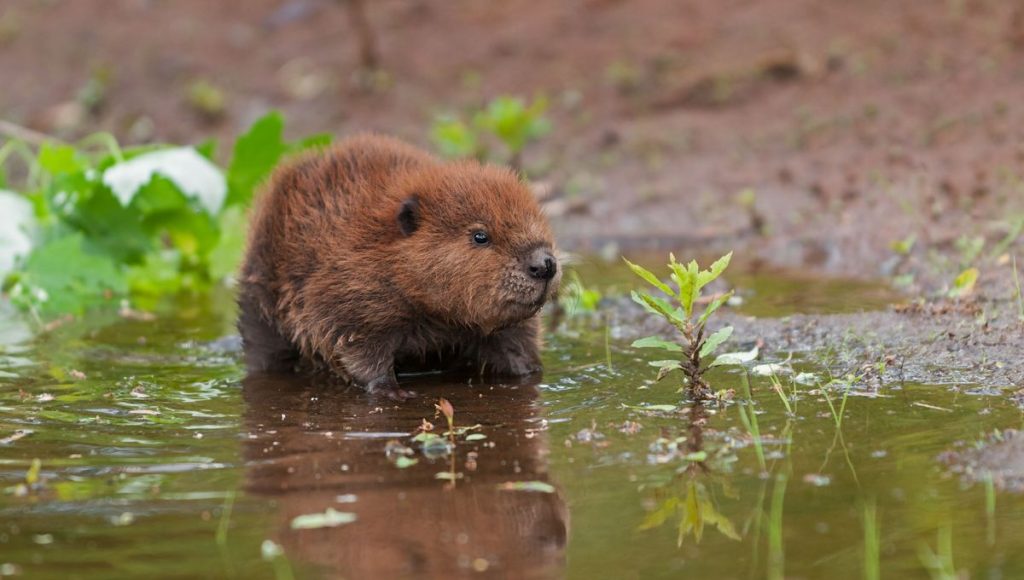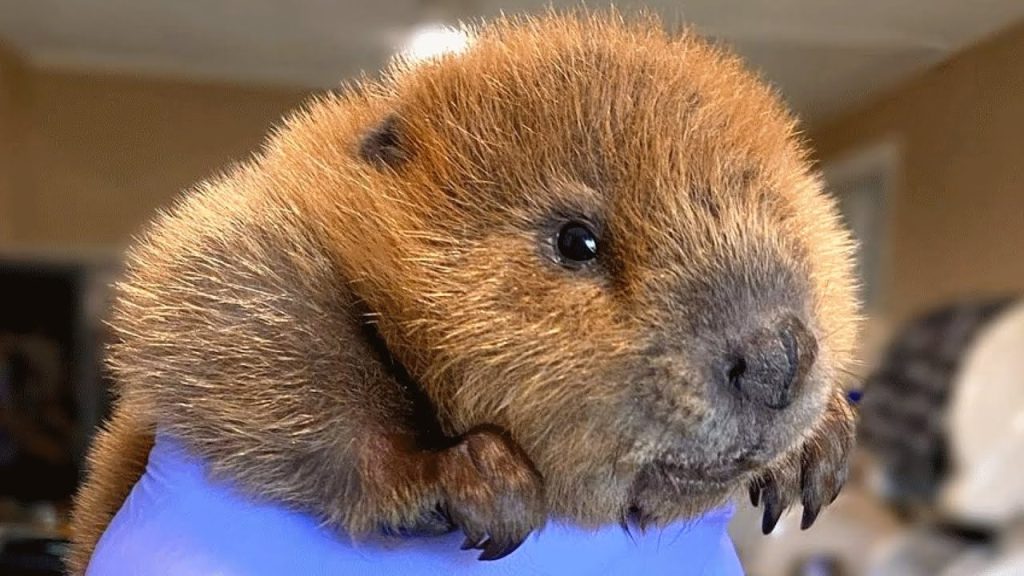Beavers are known for their impressive ability to build dams and create wetland habitats that support a variety of other animals and plant species. However, like all animals, beavers are also vulnerable to predation by other animals in their ecosystem. In this article, we will explore the predators of beavers and their impact on beaver populations.

Beavers are primarily preyed upon by large carnivores, including wolves, coyotes, bears, and mountain lions. These predators are opportunistic and will take advantage of any opportunity to hunt beavers when they present themselves. Some of the most common predators of beavers include:
- Coyotes – Coyotes are one of the most common predators of beavers. They are opportunistic hunters and will take advantage of any opportunity to hunt beavers when they present themselves. Coyotes are known to hunt beavers during the day or night, and will often dig into beaver lodges to access the animals.
- Wolves – Wolves are also known to prey on beavers. Like coyotes, they are opportunistic hunters and will take advantage of any opportunity to hunt beavers. Wolves will often hunt beavers in packs, using their superior hunting skills to track and capture the animals.
- Bears – Bears are another common predator of beavers. They are omnivores, but will often hunt beavers when they are readily available. Bears are known to dig into beaver lodges to access the animals, or they may simply wait near a beaver dam for an opportunity to catch a beaver.
- Mountain Lions – Mountain lions are also known to prey on beavers. They are stealthy hunters and will often stalk and ambush beavers while they are swimming in the water. Mountain lions are also known to hunt beavers near beaver lodges, where they can use cover to hide their approach.

In addition to these large carnivores, beavers may also be preyed upon by smaller predators such as raccoons, otters, and mink. These animals are known to prey on beaver kits or juvenile beavers that are not yet fully grown. However, larger predators are generally more significant threats to beaver populations.
The impact of predation on beaver populations can vary depending on the predator and the local ecosystem. In some areas, predation may have little impact on beaver populations, as the animals are able to reproduce and replenish their numbers quickly. In other areas, however, predation may be a significant threat to beaver populations, especially in areas where human development has fragmented their habitat and reduced their ability to move freely.

One interesting aspect of beaver predation is the role that beavers themselves play in shaping their ecosystem and influencing predator behavior. By building dams and creating wetlands, beavers can create habitat for other animals such as fish, amphibians, and waterfowl. These animals, in turn, can attract predators that may prey on beavers. However, beavers also create complex habitats that can be difficult for predators to navigate, providing them with some degree of protection from predation.
Overall, beavers play an important role in their ecosystem as both creators of habitat and prey for other animals. While they may face predation from a variety of large and small predators, beavers are resilient animals that have adapted to living in complex and changing environments. By understanding the predators of beavers and their impact on beaver populations, we can better appreciate the important role that these animals play in our natural world.